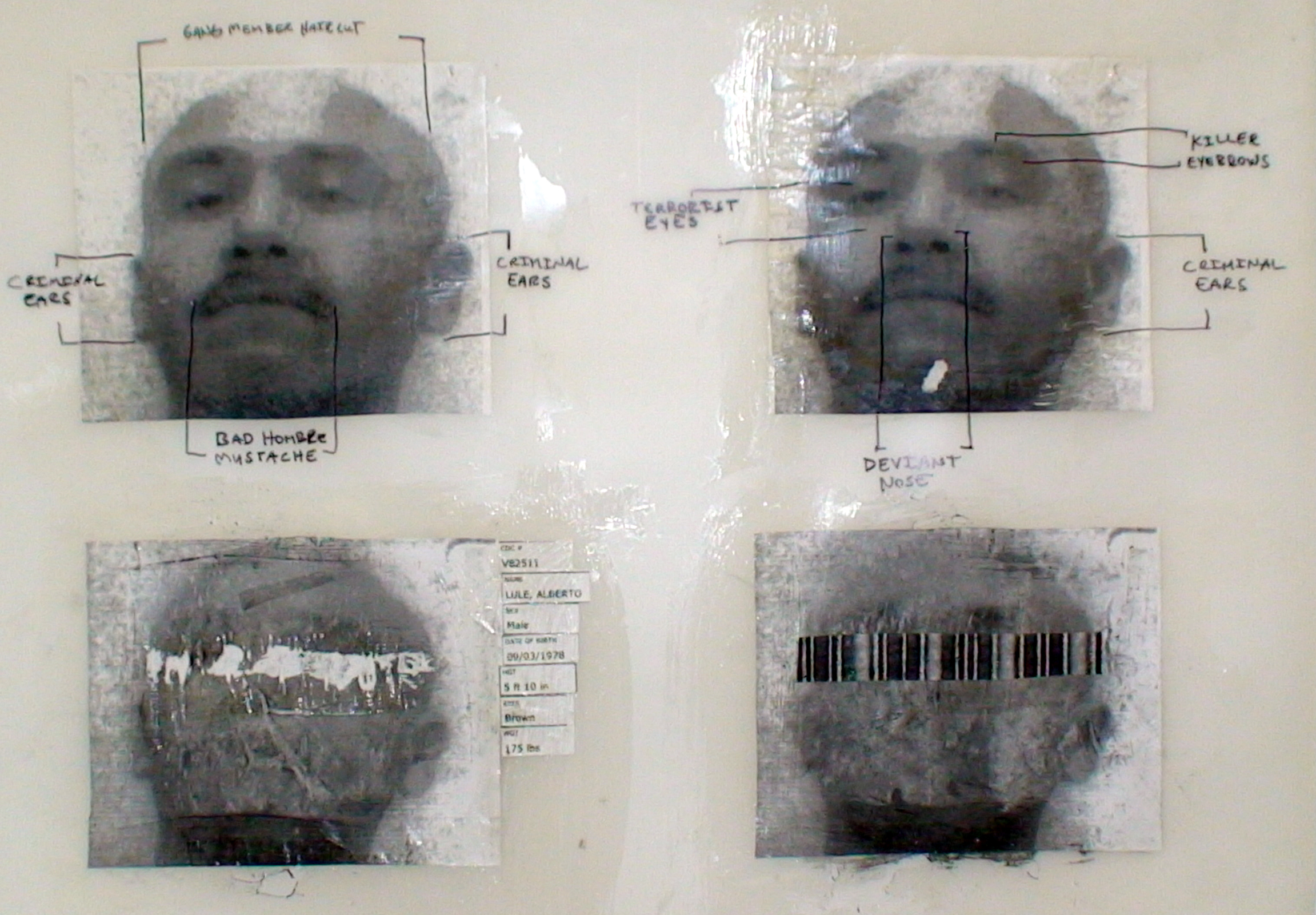Underground Scholars Initiative (USI) was first established at UC Berkeley in 2013 as a student organization. USI is completely student-run and exists at eight UC campuses. USI focuses on building a prison-to-school pipeline through recruitment, retention, and advocacy. See also UCLA Prison Education Program, ➝.
See Robert Lee et al., “Land-Grab Universities,” High Country News, 2020, ➝.
See Million Dollar Hoods, ➝.
David Zahniser, Adam Elmahrek, and Priya Krishnakumar, “Defund the LAPD? At this pace, it would take 20 years to hit Black Lives Matter’s goal,” Los Angeles Times, August 11, 2020, ➝.
For more details, see UCLA Cops Off Campus Abolition Map, ➝. This growing catalog that aims to pressure the UCLA campus to end its legacy of policing students and community. This map will reflect on a portion of the carceral actions of UCLA and continue to build towards a campus and a world without cops.
The protest was organized by campus based organisations Cops off Campus Coalition, No UCPD Coalition, Divest/Invest UCLA Faculty Collective alongside Black Lives Matter LA, LA CAN, Stop LAPD Spying Coalition, WP4BL, Ground Game LA, Ktown for All, NOlympics LA, People’s City Council, Anti-Eviction Mapping Project, Westside Local of the LA Tenants Union, and Justice LA.
See “Pushout,” School Discipline Support Initiative, 2020, ➝.
